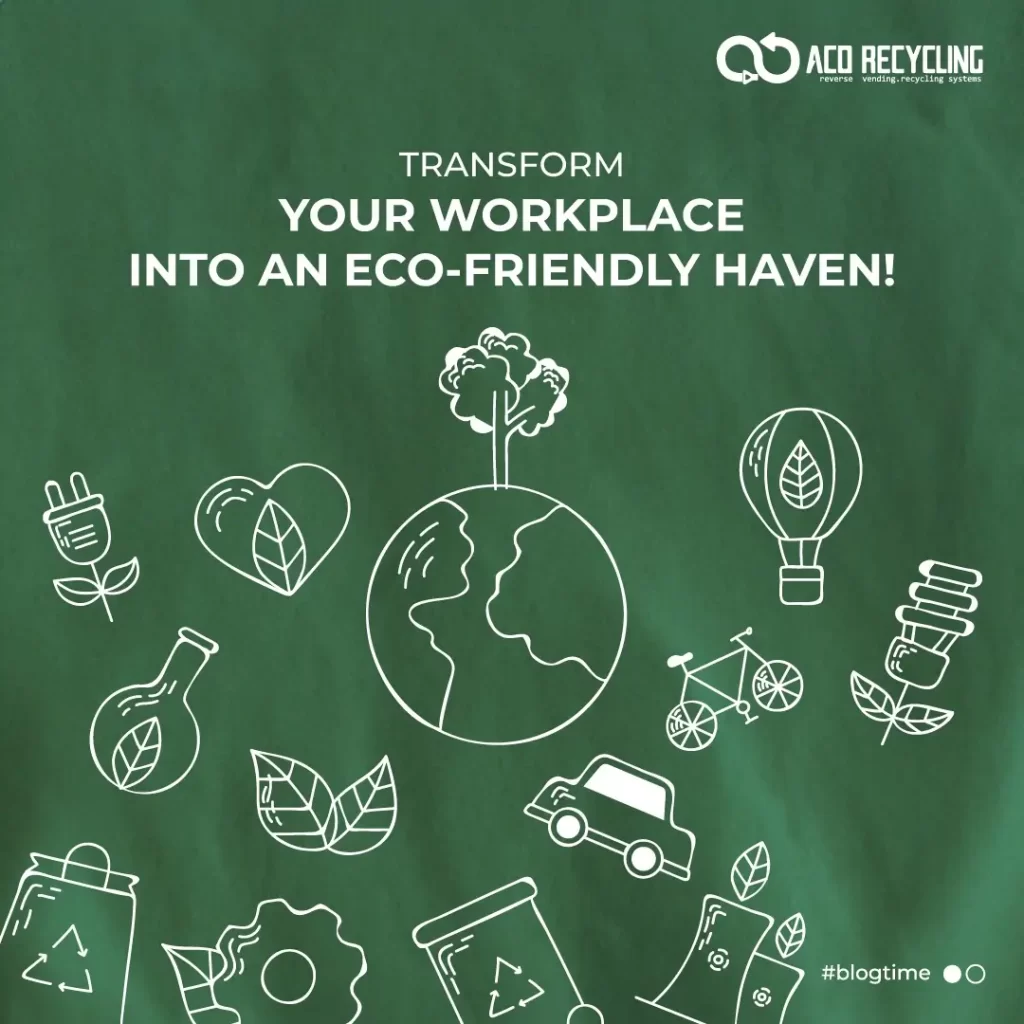
The Comprehensive Guide to Sustainable Recycling Practices
Recycling is not only good for the environment but also the bottom line of any business. Recycling can help reduce waste disposal costs, save energy, conserve natural resources, and create a positive image for your company. In this blog post, we will explore some of the benefits and challenges of recycling, and provide some tips on how to implement a successful recycling program in your workplace.
Benefits of Recycling
Recycling has many advantages for businesses, such as:
Reduce waste disposal costs by diverting recyclables from landfills. The EPA states that landfilling one ton costs $50 while selling recyclables earns $30 on average. This means that recycling can save you $80 per ton of waste.
– Saving energy: Recycling can also help you save energy by reducing the need for extracting, processing, and transporting raw materials. For example, recycling one ton of aluminum cans saves 95% of the energy needed to make new cans from virgin ore. Recycling also reduces greenhouse gas emissions that contribute to climate change.
– Conserving natural resources: Recycling helps preserve natural resources that are finite and non-renewable, such as metals, minerals, oil, and timber. Recycling also reduces the environmental impact of mining, logging, and drilling activities that can cause habitat loss, soil erosion, water pollution, and biodiversity loss.
– Creating a positive image: Recycling can enhance your reputation as a socially responsible and environmentally conscious business. Recycling can also attract customers, investors, employees, and partners who share your values and goals. Recycling can also help you comply with environmental regulations and standards that may apply to your industry or location.
Challenges of Recycling
Recycling is not without its challenges, however. Some of the common barriers to recycling include:
– Lack of space: Recycling requires space for storing and sorting recyclable materials. Depending on the type and volume of materials you generate, you may need to allocate a designated area or bin for recycling in your workplace. You may also need to arrange for regular collection or transportation of recyclable materials to a recycling facility or vendor.
– Lack of knowledge: Recycling requires knowledge of what materials can be recycled, how to prepare them for recycling, and where to send them for recycling. You may need to educate yourself and your staff on the best practices and procedures for recycling in your workplace. You may also need to research the local recycling options and markets available in your area.
– Lack of motivation: Recycling requires motivation and commitment from everyone involved in your business. You may need to create a culture of recycling in your workplace by setting clear goals and expectations, providing incentives and recognition, and monitoring and reporting on your progress and performance.
Tips for Recycling
To overcome these challenges and implement a successful recycling program in your workplace, here are some tips to follow:
– Conduct a waste audit:
A waste audit is an assessment of the type and amount of waste generated by your company. A waste audit can help you identify what materials can be recycled, how much you can save by recycling them, and what steps you need to take to recycle them.
– Choose a recycling method:
There are different ways to recycle depending on the type and volume of materials you generate. You can either self-haul your recyclable materials to a recycling facility or vendor, or hire a waste management company or hauler to collect and transport them for you. You can also join a cooperative or network of businesses that share recycling services and costs.
– Provide adequate bins and signage:
Facilitate recycling for your staff by providing labeled bins for separating recyclables and placing them strategically where waste is generated or disposed of.
– Educate and engage your staff:
To make recycling effective and consistent, you should educate and engage your staff on the benefits and procedures of recycling. You should provide training sessions, workshops, newsletters, posters, flyers, or other communication tools to inform your staff about your recycling program. You should also solicit feedback, suggestions, and ideas from your staff on how to improve your recycling program.
– Track and celebrate your results:
Make recycling motivating by tracking and celebrating results, including waste diversion, cost savings, and energy conservation. You should also recognize and reward your staff for their participation and contribution to your recycling program in your company.
Recycling is a smart and sustainable choice for any business that wants to reduce its environmental impact, save money, conserve resources, and create a positive image. By following these tips, you can implement a successful recycling program in your workplace and enjoy the benefits of recycling.

